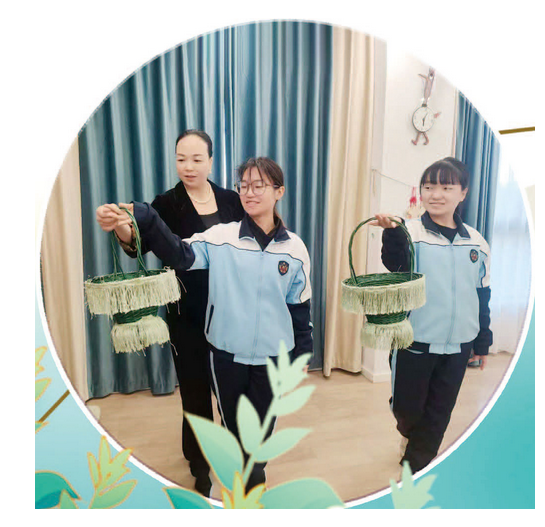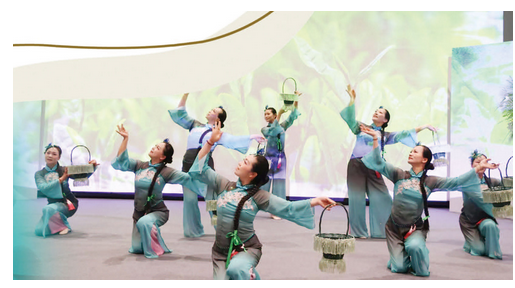Xinqian Tea-picking Dance: Left Hand Carries Basket, Right Hand Honors Diligence
"When tea sprouts in the first lunar month, gongs and drums celebrate spring..." This folk song rings through Xinqian Subdistrict’s tea fields each spring, as dancers with bamboo baskets perform to hail the harvest.
Originating in the late Ming and early Qing dynasties as a self-entertaining ritual for Qili Village farmers, the Xinqian Tea-picking Dance won the First Prize at the 1957 Zhejiang Folk Dance Festival and was inscribed in the Zhejiang Volume of Chinese Folk Dance Anthology in the 1980s.
Influenced by her father, Jin Chai fell in love with the dance as a child. When she took up its inheritance in 2017, fewer than ten elderly artisans remained. Her research revealed the dance’s roots in tea-picking labor: steps mimic harvesting motions, melodies open with 12 flower-name verses, footwork draws from opera dan (female role) steps, fingers form "orchid hands," and formations shift dynamically.

Selecting 16 members from 145 enthusiasts, Jin Chai revised costumes and choreography. Though the team averages 45 and lacks professional training, their performances thrive on rustic authenticity. Yang Yanfei, a primary school teacher who once taught Jin Chai, now dances in Jin’s troupe, joking about their "role reversal."
Since 2017, Jin Chai’s team has staged over 50 shows and gone viral on Douyin (Tiktok), attracting nationwide fans. In 2024, she sought ecological tea gardens to revive the dance’s pastoral roots. "Born from tea, it must bloom in cultural tourism," she says.

This earthy dance, guided by Jin Chai’s hands, weaves labor’s aesthetics—an enduring ode to diligence rooted in Huangyan’s soil.